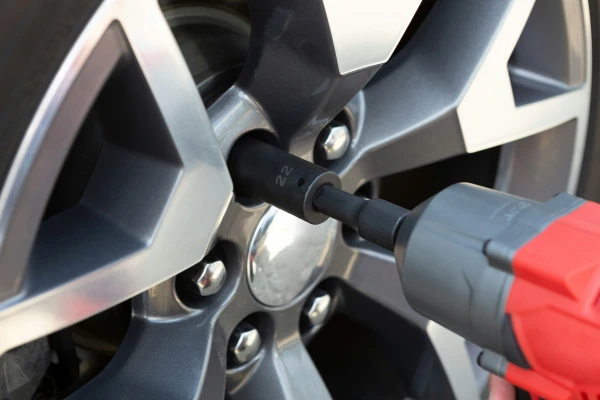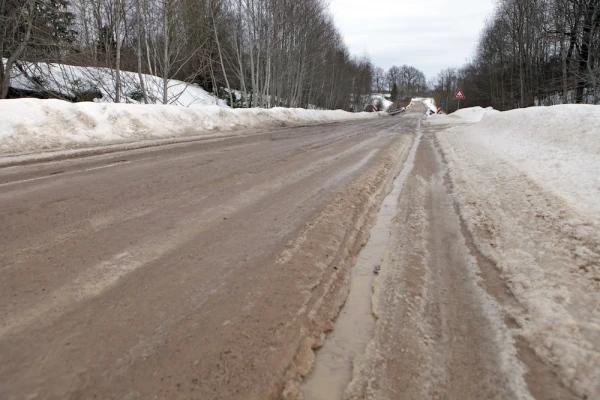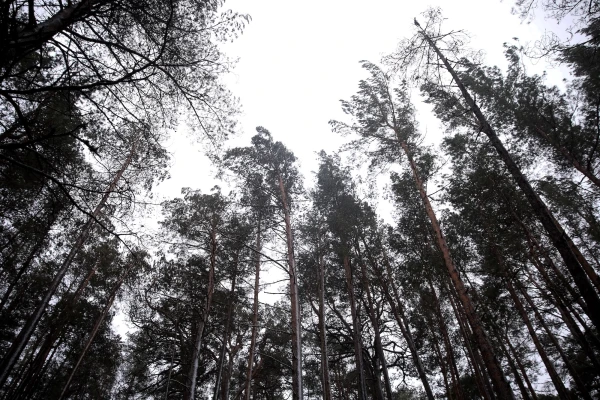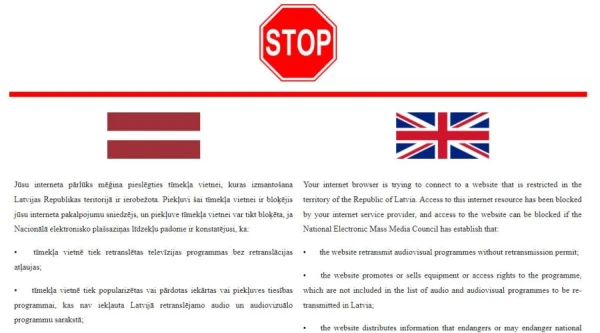
On Thursday, the winter maintenance season began on the state road network, which will last until April 15, the state enterprise "Latvijas valsts ceļi" (Latvian State Roads, LVC) reported.
During this period, road services monitor changes in weather conditions and their impact on the road surface to carry out anti-icing treatment or snow removal if necessary. In the winter season, road services operate around the clock.
With the changeable weather conditions typical of the transitional season, when air temperatures hover around zero, ice can form on the roads. This is especially common on bridges, overpasses, and sections of roads that pass through wooded areas or along bodies of water. In this regard, LVC urges drivers to be cautious, keep an eye on the weather forecast, adapt their driving style, and choose a safe speed. It is also advisable to check the technical condition of the vehicle, paying particular attention to the condition of the tires and the adjustment of the headlights.
State roads are divided into four service classes — A, B, C, and D, where the main criterion is traffic intensity: the higher it is, the higher the service class. Different sections of the same road may belong to different classes. All major highways in the country will be provided with the highest — A — service class. Work is carried out in priority order according to the classes — the most congested areas are serviced first.
To improve winter driving conditions, wet salt is used on the roads, which reduces the slipperiness of the surface. Technical salt contains at least 90% sodium chloride, which helps melt ice and snow. Anti-slip treatment is carried out to enhance safety and ensure driving conditions in accordance with the road service class.
The choice of the most effective anti-slip technology depends on the surface temperature and type of pavement. As noted by LVC, various technologies are used in Latvia and neighboring countries, including wet salt, sand-salt mixtures, sand, gravel, or cutting the surface on compacted snow or ice.
The state network also has a large number of gravel roads — almost 11,000 kilometers, and their passability is particularly difficult in winter. Maintenance of such roads in winter is carried out using a compacted snow layer, which is cut with a textured surface if necessary. A grader or a truck's plow blade is used for this purpose.
Gravel roads are not treated with salt, as this leads to over-saturation of the surface, the formation of potholes and ruts. Dangerous areas — turns and inclines — are sprinkled with sand. During thaws and freezes, gravel roads become very slippery: the texture melts, and the sand is washed away by melting water. During prolonged thaws and rains, a period of mud may occur on gravel roads, and weight restrictions for vehicles are then introduced.
Road maintenance work aims to improve driving conditions as much as possible; however, it is impossible to completely eliminate winter weather phenomena. Drivers should keep in mind that during a snowy winter, a small amount of snow will constantly be present on the roadway — it accumulates as a result of vehicle movement, from the shoulders, and remains after cleaning in the form of a compacted layer. This creates a mixture of snow, sand, and salt until the salt takes effect.
According to the Cabinet of Ministers' regulations, under stable winter weather conditions, roads with high traffic intensity and class A are allowed to have up to 1 cm of snow cover, while roads of classes B and C are allowed up to 4 and 10 cm, respectively. No such standard is set for low-intensity roads.
As LVC notes, roads are completely cleared of snow only after the snowfall has ended, with a timeframe of three hours allocated for main and other A-class roads, and up to 24 hours for less congested roads. No snow clearing timeframe is set for local roads with low traffic intensity.
It should be remembered that when stable winter weather conditions are established, as well as after intense snowfalls and road treatments with salt, wild animals are more likely to be seen on the roadway, attracted by the salt.
When spotting a wild animal at the roadside, drivers are advised to significantly reduce their speed, as the animal's behavior is unpredictable. The speed reduction should be substantial enough for the driver to be able to stop the vehicle in time or safely maneuver around the obstacle if necessary.
Cars and buses with a total weight of up to 3.5 tons must be equipped with winter tires from December 1 to March 1. These tires must be specifically designed for use in snow and ice conditions and have the marking "mountain with a snowflake."
Despite the start of the winter maintenance season, construction work is still ongoing on 30 sections of state highways, resulting in traffic restrictions. Detailed information about these sections is available on the construction work map on the LVC website.















Leave a comment